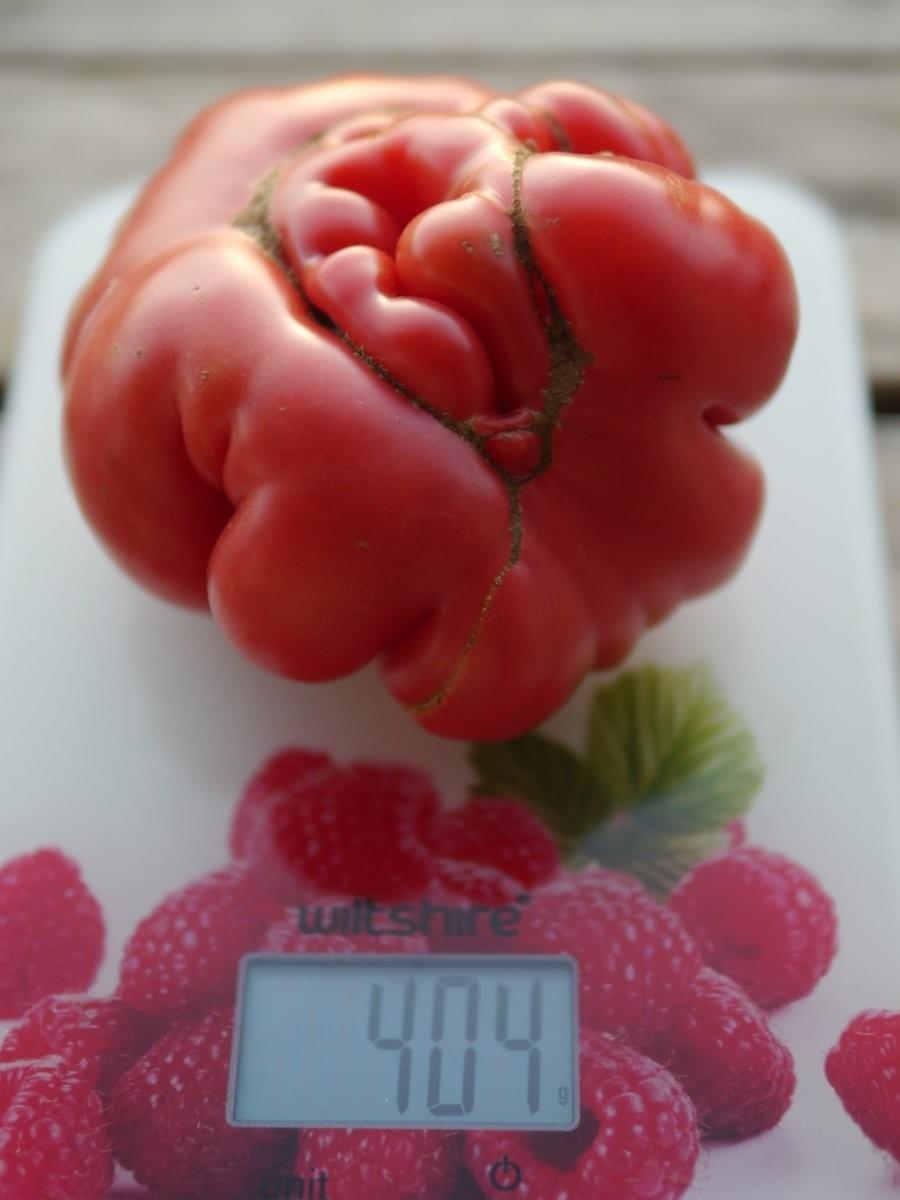

Hokianga Heirloom Tomatoes
Cat-facing Tomatoes!
There's still beauty in the beasts.
Some tomatoes wear their stories on their skin — with folds, ripples, and creases that might look a little wild.
It’s called cat-facing, and while it might startle you the first time you see it, it’s not something to worry about.
In fact, some of the richest, most flavourful heirlooms grow this way — full of character, just like the people who grow them.
This guide will walk you through what cat-facing is, why it happens, and how to prevent it — or embrace it.

What is cat-facing?
Cat-facing is a term used to describe tomatoes with rough, corky folds or deep creases — especially near the blossom end.
It tends to show up in large-fruited heirloom varieties — think big beefsteaks or richly ribbed slicers.
While the shape might seem unusual, the tomato is still completely edible — and often absolutely delicious.
Why it happens?
Cat-facing is a natural, physiological condition — not a disease or pest problem. It’s often caused by:
- Cool temperatures during flowering (especially below 18°C/65°F in the day or 15°C/60°F at night), leading to abnormal development of plant tissue between the style and ovary,
- Excess nitrogen in the soil, or
- Overly aggressive pruning while the plant is setting fruit.
These stressors can interfere with the normal development of the tomato’s blossom, leading to misshapen fruit.
How to Prevent It (If You Want To)?
Some gardeners choose to avoid cat-facing in their crops — especially if they're selling tomatoes at market or prefer smoother fruits.
Here are a few tips:
- Choose smaller-fruited or smooth-skinned varieties,
- Delay planting until the weather is reliably warm during flowering,
- Avoid high nitrogen levels — overfeeding can tip the balance,
- Be gentle with pruning while plants are in early flowering stages.
But if you’re growing for flavour, resilience, and joy — you might just want to let those wonky wonders grow.
Celebrating Ugly Tomatoes
Paraphrased from Craig Le Houllier's book I keep telling you to get!
Did you know that for decades, plant breeders tried to eliminate cat-facing? Between 1850 and 1880, the goal was smooth, uniform tomatoes that canned well. But many of today’s most loved heirlooms — the ones passed down through generations — have exactly the kind of wild character that would’ve once been considered "ugly."
Funny how things change.
Now we know better: tomatoes don’t need to look perfect to taste divine. Some of the most flavourful varieties wear their imperfections proudly. Grab Craig's tomato bible, get it here!
Final Thought
So if you slice open a tomato that looks like it was kissed by a dragon or sculpted by the wind — don’t be alarmed. You’re not doing anything wrong. You’re growing real food, rich in character, rooted in history, and full of flavour.
There’s still beauty in the beasts. And sometimes, they’re the very best ones of all.
"He rākau whakamarumaru." — A tree that offers shelter
This whakataukī honours those whose value lies in their protection, presence, or support, rather than their appearance or self-promotion.
- Cool temperatures during flowering (especially below 18°C/65°F in the day or 15°C/60°F at night), leading to abnormal development of plant tissue between the style and ovary,
© 2025 Tomato Love | Epic Tomato Source for heirloom seeds and seedlings grown in Hokianga. Cultivated with love, history, and mana.
“He iti, he pounamu.”

